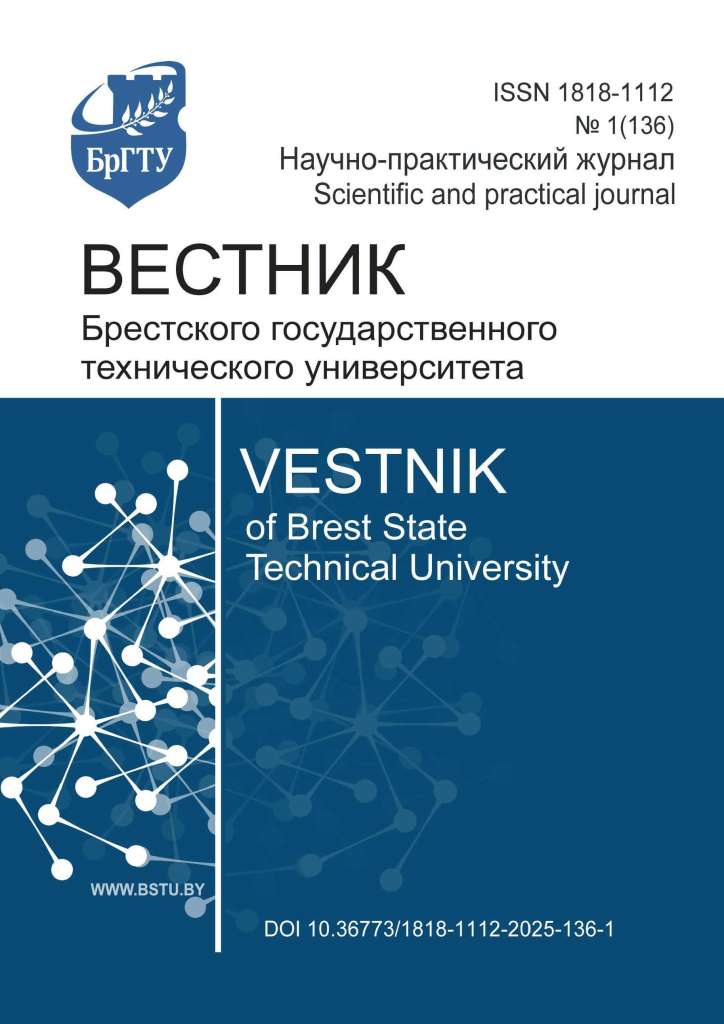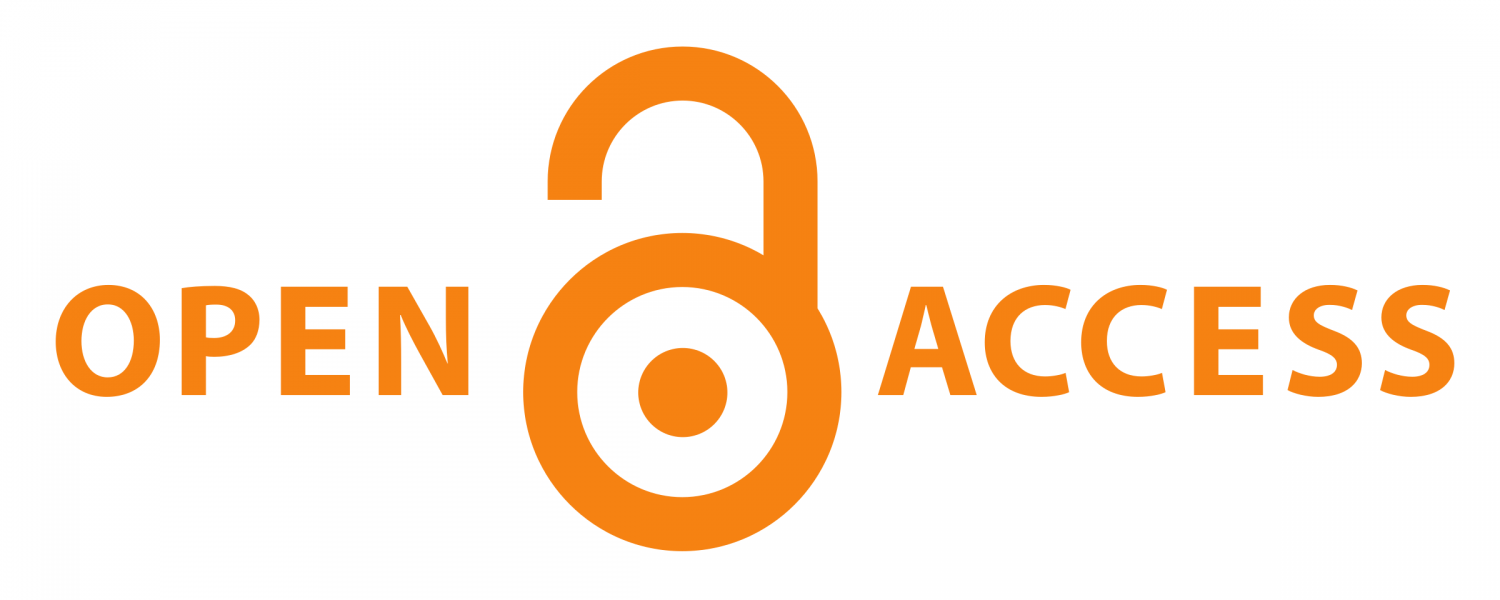МЕТОДОЛОГИЯ СНИЖЕНИЯ УГЛЕРОДНОГО СЛЕДА ДЛЯ ПРЕДПРИЯТИЙ
DOI:
https://doi.org/10.36773/1818-1112-2025-136-1-159-164Ключевые слова:
выбросы парниковых газов, углеродный след продукции, составляющие углеродного следа продукции, стадии жизненного цикла продукции, природоохранные решения по уменьшению выбросов СО2Аннотация
Одной из важнейших задач, стоящих в наши дни перед мировым международным сообществом, является борьба с глобальным изменением климата. Углеродный след рассматривается как важный инструмент для оценки воздействия промышленности на окружающую среду, а также обеспечения устойчивого развития общества. Углеродный след подразделяется на первичный и вторичный (косвенный). Первичный углеродный след формируется в результате потребления ископаемого топлива. Вторичный углеродный след определяется как выбросы парниковых газов, которые происходят в течение жизненного цикла всех используемых продуктов. Понимание углеродного следа больше не является просто экологической проблемой, в настоящее время это критическая деловая необходимость для различных производств и отраслей народного хозяйства. По мере ускорения изменения климата предприятия сталкиваются с растущим давлением в отношении сокращения выбросов парниковых газов не только для защиты окружающей среды, но и для поддержания своей репутации и прибыли. Однако многие компании испытывают трудности с точным измерением, управлением и снижением своего углеродного следа.
В статье исследованы основные этапы формирования выбросов парниковых газов в промышленном секторе, принципы количественной оценки углеродного следа продукции. Определена методология снижения углеродного следа для предприятий, которая должна базироваться на описании и учете четырех этапов оценки жизненного цикла продукции. Основными направлениями природоохранных решений по уменьшению выбросов парниковых газов являются внедрение технологий, позволяющих значительно снизить выбросы СО2, а также решения, направленные на совершенствование используемых технологий с минимизацией входных потоков. В статье приведены примеры таких решений.
Библиографические ссылки
Изменение климата. Комплект информационных карточек по изменению климата: материалы доклада МГЭИК об оценке «Изменение климата, 2021 г.» и текущей деятельности по Рамочной конвенции ООН об изменении климата, Женева, 9 августа 2021 г. / МГЭИК. – Женева, 2021. – 64 с.
Climate Change 2023: Synthesis Report. Contribution of Working Groups I, II and III to the Sixth Assessment Report of the Intergovernmental Panel on Climate Change / Edited by Core Writing Team, H. Lee, J. Romero. – IPCC, Geneva, Switzerland, 2023. – 184 p. – DOI: 10.59327/IPCC/AR6-9789291691647.
GHG Emissions of All World Countries. Luxembourg: Publications Office of the European Union / M. Crippa, D. Guizzardi, F. Pagani [et al.]. – 2024. – URL: https://edgar.jrc.ec.europa.eu/booklet/GHG_emissions_of_all_world_countries_booklet_2023report.pdf (дата обращения: 30.09.2024).
Global carbon budget 2023. Earth System Science Data 15(12), 5301–5369 / P. Friedlingstein, M. O’Sullivan, M. W. Jones [et al.]. – 2023. – DOI: 10.5194/essd-15-5301-2023.
Стандарты и руководства. Инструменты и рекомендации по расчетам. – URL: https://ghgprotocol.org/calculation-tools-andguidance?ap3c=IGXmCH6WDeDPomoEAGXmCH6mIt-Db9NCNH00dmje0Zqeb CmgPw (дата обращения: 30.09.2024).
Газы парниковые. Часть 1. Требования и руководство по количественному определению и отчетности о выбросах и поглощении парниковых газов на уровне организации: ГОСТ Р 14064-1-2021. – Введ. 30.09.2021. – М. : Российский институт стандартизации, 2021. – 53 с.
Газы парниковые. Углеродный след продукции. Требования и руководящие указания по количественному определению: ГОСТ Р 14067–2021. – Введ. 30.09.2021. – М. : Российский институт стандартизации, 2021. – 50 с.
Европейский механизм пограничной углеродной корректировки – ключевые вопросы и влияние (август 2021) / Московской школы управления СКОЛКОВО ; сост.: И. А. Гайда, Н. И. Доброславский. – М., 2021. – 50 с.
Седьмое национальное сообщение Республики Беларусь в соответствии с обязательствами по рамочной конвенции ООН об изменении климата. – URL: https://unfccc.int/sites/default/files/resource/92104765Belarus-NC7-1-AIBLRNC7.Pdf (дата обращения: 29.09.2024).
Об установлении определяемого на национальном уровне вклада Республики Беларусь в сокращение выбросов парниковых газов до 2030 года : постановление Совета Министров Респ. Беларусь, 29 сентября 2021 г. № 553. // Национальный правовой Интернет-портал Республики Беларусь, 01.10.2021, 5/49478 (дата обращения: 29.09.2024).
Национальный статистический комитет Республики Беларусь. – URL: https://www.belstat.gov.by/ofitsialnaya-statistika/makroekonomika-i-okruzhayushchaya-sreda/okruzhayuschaya-sreda/sovmestnaya-sistema-ekologicheskoi-informatsii2/b-izmenenie-klimata/b-3-vybrosy-parnikovyh-gazov/?ysclid=m2rlxdrze105233649 (дата обращения: 25.10.2024).
Республика Беларусь: Статистический ежегодник / Национальный статистический комитет Республики Беларусь: И. В. Медведева (отв. ред.). – Минск, 2024. – 317 с.
Охрана окружающей среды: статистический сборник / Национальный статистический комитет Республики Беларусь: И. В. Медведева (отв. ред.). – Минск, 2024. – 35 с.
Что мы знаем об LCA, или оценке жизненного цикла продукта. – URL: https://theoryandpractice.ru/posts/18128-chto-my-znaem-ob-lca-ili-otsenke-zhiznennogo-tsikla-produkta (дата обращения: 30.09.2024).
Омельченко, И. Н. Современные подходы к оценке жизненного цикла продукции / И. Н. Омельченко, А. Е. Бром // Вестник Волжского университета имени В.Н. Татищева. – 2013. – № 2. – С. 29–34.
Бром, А. Е. Современные технологии организации и управления жизненным циклом наукоемкой продукции / А. Е. Бром // Вестник МГОУ. Экономика. – 2015. – № 2. – С. 41–46.
Экологический менеджмент. Оценка жизненного цикла. Принципы и структура: ГОСТ Р 14040-2022. – Введ. 12.12.2022. – М. : Технический комитет по стандартизации ТК 020 «Экологический менеджмент и экономика», 2022. – 24 с.
Экологический менеджмент. Оценка жизненного цикла. Требования и рекомендации: ГОСТ Р 14044-2019. – Введ. 19.09.2019. – М. : Технический комитет по стандартизации ТК 020 «Экологический менеджмент и экономика», 2019. – 48 с.
Сравнение углеродного следа и анализа жизненного цикла – ресурсы. – URL: https://ru.vayongroup.com/4840-comparing-carbon-footprint-and-life-cycle-analyses.html (дата обращения: 20.09.2024).
Carbon capture utilization and storage in review: Sociotechnical implications for a carbon reliant world / Hope McLaughlin, Anna A. Littlefield, Maia Menefee [et al.] // Renewable and Sustainable Energy Reviews. – Vol. 177. – 2023.
Rattle, I. Decarbonisation strategies in industry: Going beyond clusters / I. Rattle, A. Gailani, P. G. Taylor // Sustainability Science. – 2024. – Т. 19. – № 1. – С. 105–123.
Sovacool, B. K. Industrial clusters for deep decarbonization / B. K. Sovacool, F. W. Geels, M. Iskandarova // Science. – 2022. – Т. 378. – № 6620. – С. 601–604.
Аминовая очистка. – URL: https://gazsurf.com/ru/ gazopererabotka/oborudovanie/modelnyj-ryad/item/aminovaya-ochistka (дата обращения: 20.09.2024).
Загрузки
Опубликован
Как цитировать
Выпуск
Раздел
Лицензия

Это произведение доступно по лицензии Creative Commons «Attribution-NonCommercial» («Атрибуция — Некоммерческое использование») 4.0 Всемирная.
Авторы предоставляют материалы на условиях лицензии CC BY-NC 4.0. Эта лицензия позволяет неограниченному кругу лиц копировать и распространять материал на любом носителе и в любом формате, но с обязательным указанием авторства и только в некоммерческих целях. Пользователи не вправе препятствовать другим лицам выполнять действия, разрешенные лицензией.










